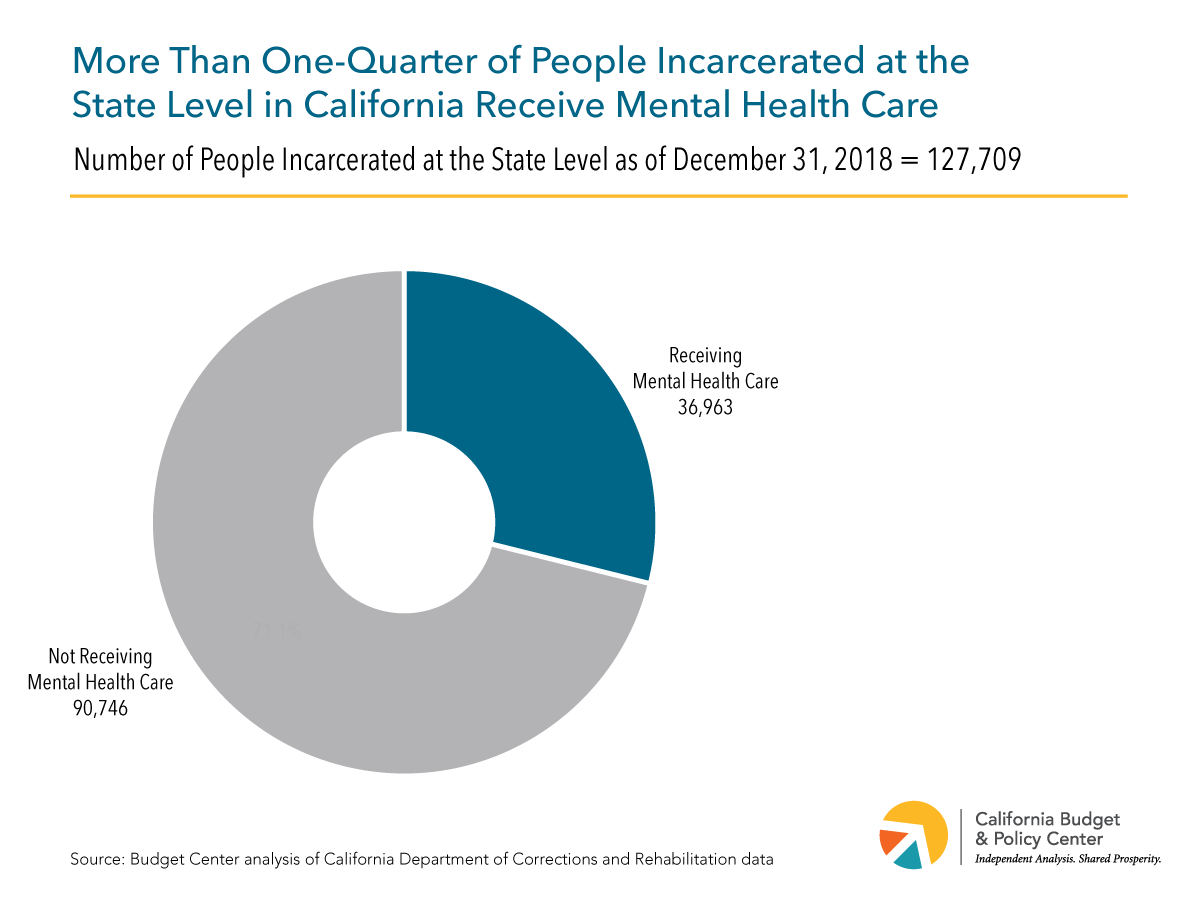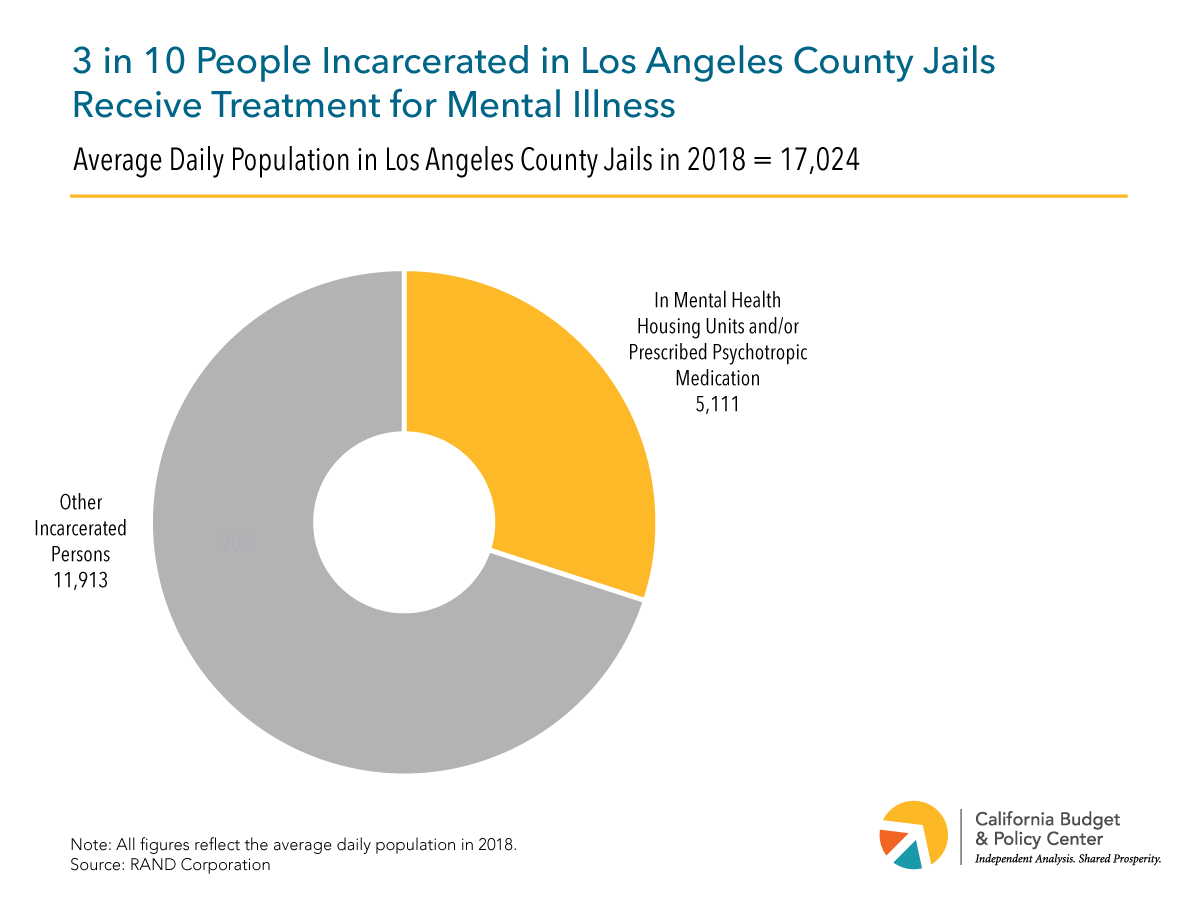

State Faces Challenges After Reaching the Lowest Child Uninsured Rate in History
December 2020 | By Adriana Ramos-Yamamoto
Download Full Data HitJoin our email list!

Investing in the Health and Economic Well-Being of Every Californian Can’t Wait
Right now, many families do not have enough food on the table, and this problem is particularly acute for Latinx and Black families in California. Even before the COVID-19 pandemic, about 1 in 10 Californians sometimes or often lacked access to enough food to support a healthy lifestyle.1 Struggling to have enough food affects people of all ages, but it is especially harmful to children, as inadequate nutrition can harm their health, development, and learning.2
Due to historic and ongoing racial discrimination, Black and Latinx families have always struggled to afford enough food, and the COVID-19 health and economic crisis has only made this problem worse.3 Data from the Census Bureau’s weekly Household Pulse Survey provides information on how COVID-19 is affecting families. In California, about 1.9 million households with children (15.9%) reported sometimes or often not having enough food to eat during a four-week period in late June and July. Latinx and Black households were more likely to lack enough food at home, with more than 1 in 5 Latinx households and Black households with children reporting sometimes or often not having enough to eat (21.9% and 20.2%, respectively).4

Families struggling to afford enough food underscores the need for federal policymakers to help Californians during the ongoing health and economic crisis. Federal policymakers should ensure families have the resources they need to feed their families, including:
During this health and economic crisis, families should not agonize over having enough food at home. Children should never worry about when they will eat again. Policy inaction will only worsen racial health and educational disparities in California. It is critical that policymakers invest in programs that protect and promote children’s health and well-being.
Support for this Fact Sheet was provided by First 5 California.
1 Feeding America, Food Insecurity in California, accessed http://map.feedingamerica.org/county/2018/overall/california on September 1, 2020.
2 Feeding America, Map the Meal Gap 2020, accessed https://www.feedingamerica.org/sites/default/files/2020-06/Map%20the%20Meal%20Gap%202020%20Combined%20Modules.pdf on September 1, 2020.
3 Angela Odoms-Young, et al., “Examining the Impact of Structural Racism on Food Insecurity: Implications for Addressing Racial/Ethnic Disparities,” Family & Community Health 41 (2019), pp. S3–S6.
4 These figures represent multi-week average estimates from the Census Bureau’s Household Pulse Survey data: Table 3b Food Sufficiency for Households with Children, in the Last 7 Days. Data for Week 9 Household Pulse Survey were collected between June 25 – June 30, Week 10 data were collected July 2 – July 7, Week 11 data were collected July 9 – July 14, and Week 12 data were collected July 16 – July 21. Estimates do not include those who did not respond. Due to small sample sizes, some demographic groups were combined into the Multi-Race and Other Races category. This category reflects people identifying as American Indian, Alaska Native, Native Hawaiian or Pacific Islander, or more than one race. Race and ethnicity refers to the respondent who answered questions for the household.
5 Brynne Keith-Jennings, Heroes Act Provides Much-Needed SNAP Boost (Center on Budget and Policy Priorities: May 18, 2020).
6 California Department of Social Services, Pandemic EBT, accessed https://www.cdss.ca.gov/home/pandemic-ebt on September 2, 2020.
7 Jennifer Marshall, et al., “Statewide Implementation of Virtual Perinatal Home Visiting During COVID-19,” Maternal and Child Health Journal 24 (2020), pp. 1–7.
Join our email list!

Communities of color have been hit particularly hard by the pandemic, heightening the importance of unemployment insurance and other supports provided by the federal government to help families in this time.
As California faces a projected state budget shortfall in the tens of billions of dollars due to the COVID-19 crisis, Governor Newsom’s revised budget for the 2020-21 fiscal year includes significant reductions to programs and services that help keep Californians healthy. In particular, proposed cuts to Medi- Cal (California’s Medicaid program) could worsen health outcomes as well as undermine efforts to advance health equity at a time when the health and economic hardships from COVID-19 have disproportionately impacted Black and Latinx Californians, women and children in low-income households, and undocumented Californians. The following table summarizes key cuts to Medi-Cal – including reductions to benefits and eligibility – in the Governor’s revised 2020-21 state budget and highlights how these proposals would affect Californians.
Support for this work is provided by the California Health Care Foundation
Join our email list!

Policymakers have implemented various short-term actions to mitigate the serious health threat caused by the COVID-19 pandemic. Recognizing that COVID-19 does not discriminate, some groups are at a higher risk of complications from COVID-19 and even death. This includes seniors, and in particular, undocumented seniors with low incomes who have been historically excluded from comprehensive health coverage due to their immigration status. While the state recently extended coverage for COVID-19 testing and treatment in Medi-Cal, this is a temporary solution for a long-term systemic problem. Undocumented seniors can significantly benefit from having access to the preventive health services and routine care that promote overall health. State policymakers can improve health equity by expanding Medi-Cal eligibility to California’s seniors who are undocumented. Doing so would help to address the deep underlying health needs that put these seniors at a higher risk of illness in the first place.
Join our email list!

California’s public mental health system is a lifeline for children, youth, and adults who currently need – or one day will require – treatment for a mental health condition. However, this system is enormously complex. While many Californians with mental health needs manage to navigate this complex system, others fall through the cracks. Fortunately, efforts are underway at the state level to improve California’s behavioral health system.
In this guide, you will find information that includes: rates of mental illness among California children, youth, and adults; why children in California’s child welfare system and youth in the juvenile justice system often need mental health care; estimates on the number of adults with mental illness who are homeless or in the criminal justice system; and how governance and funding is structured for the public mental health system.
Content Warning: This guide includes information about suicide.
Support for the Budget Center’s work on behavioral health is provided by the California Health Care Foundation.
Join our email list!

In the 1950s and 1960s, policymakers in California and elsewhere began reducing the use of state hospitals to treat people with mental illness – a policy known as “deinstitutionalization.” However, the lack of robust treatment alternatives led to a growing number of people with mental health conditions becoming homeless and, in many cases, incarcerated.1 As a result, prisons and jails have been turned into “America’s…new mental hospitals,” even though it is clear that correctional facilities are highly inappropriate places to house and treat people with mental illness.2

State prisons. Nearly 37,000 people incarcerated at the state level – almost 29% of the total – received mental health treatment in December 2018.3 This was up from about 32,500 – less than 25% of the total – in April 2013. California is projected to spend about $800 million on mental health care in state prisons under Governor Newsom’s proposed 2020-21 state budget. This is more than one-fifth (22%) of total projected health-related spending for state prisoners ($3.6 billion).

County jails. In September 2019, California’s county jails housed 72,806 people on any given day (average daily population).4 Many of these individuals need mental health care. Point-in-time statewide data for September 30, 2019 show that 20,023 people in jail had an open mental health case and 18,020 were receiving psychotropic medication.5 In Los Angeles County, which has the largest jail population in the state, an average of 30% of people in jail on any given day in 2018 — about 5,100 out of roughly 17,000 — “were in mental health housing units and/or prescribed psychotropic medications.”6
While California must continue to improve health care for people who are incarcerated, reforms are also needed to address the connections between mental health and the criminal justice system so that Californians who need mental health treatment receive the appropriate care in a timely manner rather than being confined in state prisons or county jails.
For more information on the state’s system, check out “Mental Health in California: Understanding Prevalence, System Connections, Service Delivery, and Funding”.
Support for the Budget Center’s work on behavioral health is provided by the California Health Care Foundation.
1 E. Fuller Torrey, et al., The Treatment of Persons With Mental Illness in Prisons and Jails: A State Survey (Treatment Advocacy Center and National Sheriffs’ Association: April 8, 2014), pp. 11-13; Jen Rushforth, “Guilty by Reason of Insanity: Unforeseen Consequences of California’s Deinstitutionalization Policy,” Themis: Research Journal of Justice Studies and Forensic Science 3 (Spring 2015), pp. 30-35; Matt Vogel, Katherine D. Stephens, and Darby Siebels, “Mental Illness and the Criminal Justice System,” Sociology Compass 8 (June 2014), pp. 629-630.
2 The quotation is from E. Fuller Torrey, et al., More Mentally Ill Persons Are in Jails and Prisons Than Hospitals: A Survey of the States (Treatment Advocacy Center and National Sheriffs’ Association: May 2010), p. 1. See also Stanford Law School Three Strikes Project, When Did Prisons Become Acceptable Mental Healthcare Facilities? (February 2015).
3 Prison population and expenditure data cited in this paragraph are from the California Department of Corrections and Rehabilitation and the Department of Finance, respectively.
4 Statewide jail population data cited in this paragraph are from the Board of State and Community Corrections.
5 State data do not indicate how many people fall into both categories; the overlap may be substantial. Average daily population data are not directly comparable to point-in-time data. Point-in-time data for several counties were unavailable, so the reported numbers of open mental health cases and people receiving psychotropic medications are likely somewhat low.
6 Stephanie Brooks Holliday, et al., Estimating the Size of the Los Angeles County Jail Mental Health Population Appropriate for Release Into Community Services (RAND Corporation: January 2020).
Join our email list!

|
|
|
|